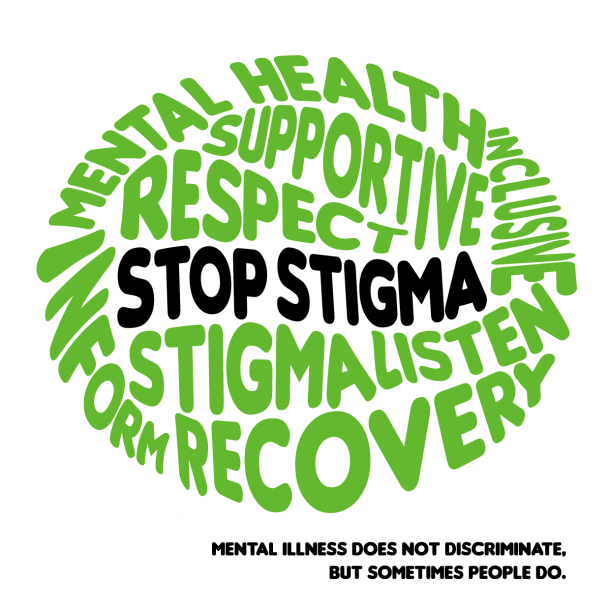

Breaking the stigma surrounding addiction is the first step towards creating a supportive environment for those struggling with substance abuse. Imagine a world where people feel comfortable talking about their struggles without judgment or fear of social repercussions. Addiction is a complex issue impacting individuals and communities worldwide. It’s a pervasive problem that often stems from a range of personal and societal factors, and its effects can be devastating for individuals, families, and entire communities. This article explores strategies for breaking the stigma, encouraging open conversations, and supporting those affected. We’ll delve into the harmful effects of the stigma, explore effective ways to promote understanding, and provide practical steps for fostering open discussions. This article will outline the importance of understanding the causes and impact of addiction, how to overcome the stigma, and the steps to build a supportive community.
Understanding the Pervasiveness of Addiction
The Complexities of Substance Abuse
Addiction is a pervasive issue that affects individuals from all walks of life, irrespective of socioeconomic background, race, or gender. A crucial aspect of breaking the stigma is understanding the complexities behind addiction and recognizing that it’s not a choice but a chronic disease. Addiction isn’t simply about substance use; it encompasses a wide range of behavioral and mental health issues. Addiction is a complex disorder and individuals struggling with it need understanding and support. It’s essential to understand that this is a complex condition with varying causes. Recognizing this multifaceted nature of addiction and its effects is an important step towards fostering a more supportive environment for those who need help.
The Devastating Impact of Stigma
The Barriers to Seeking Help
The stigma surrounding addiction can be deeply damaging, creating significant barriers to seeking help. Many individuals are hesitant to admit they have a problem, fearing judgment from their loved ones, colleagues, or the community. This fear can prevent them from seeking professional help and support systems needed for recovery. Moreover, this stigma often prevents people from seeking help from medical professionals. Many individuals hesitate due to the fear of judgment from family, friends, or even healthcare professionals. The repercussions of this silence are devastating, leading to isolation, worsening health, and a lack of access to necessary treatment options. Breaking this silence is crucial for creating a supportive environment that promotes healing.
Fostering Open Conversations
Creating a Supportive Environment
One of the most effective ways to break the stigma surrounding addiction is to encourage open conversations. Creating a supportive environment where individuals feel safe and comfortable discussing their struggles is key. This involves fostering a culture of empathy and understanding within families, workplaces, and communities at large. Open conversations and awareness campaigns can be instrumental in fostering a more supportive atmosphere. Educating communities about the realities of addiction and the importance of early intervention and proper treatment is key. This education can take place through workshops, seminars, or even simple conversations within communities. Encouraging support networks can foster healing and recovery. Building a support system is an important factor for anyone seeking help with addiction.
The Power of Empathy and Understanding
Building a Compassionate Society
Empathy and understanding are essential elements in fostering open conversations about addiction. By truly listening to and acknowledging the experiences of those struggling with addiction, we can begin to deconstruct the stigma that often prevents individuals from seeking help. Creating a safe space for open dialogue is paramount. Open conversations about mental health and substance abuse are crucial for fostering empathy and understanding within communities. Educating ourselves and others on the nuances of addiction can contribute significantly to reducing stigma. Fostering a culture of support and compassion is essential.
Related Post : How Drug Abuse Alters Brain Chemistry and Behavior Over Time
Practical Steps for Change
Implementing Strategies for Stigma Reduction
Breaking the stigma around addiction involves a multifaceted approach that goes beyond simply talking about it. This means implementing concrete strategies at individual, community, and societal levels. This includes advocating for more accessible and affordable treatment options for all. Providing resources and information to individuals and their families is essential for navigating the complexities of addiction. Encouraging open conversations can foster trust and understanding, creating a safe space for people to share their experiences and receive the necessary help. This involves implementing community outreach programs and awareness campaigns to address this issue. Supporting initiatives for addiction treatment and recovery is a significant step towards reducing stigma.
In conclusion, breaking the stigma surrounding addiction requires a multifaceted approach. Open conversations, accurate information, and accessible support systems are crucial. By fostering empathy and understanding, we can create a more compassionate and supportive environment for those struggling with addiction. The next step for individuals is to seek professional help or connect with support groups when needed. This journey towards recovery demands commitment and perseverance, but it’s a journey worth embarking on.